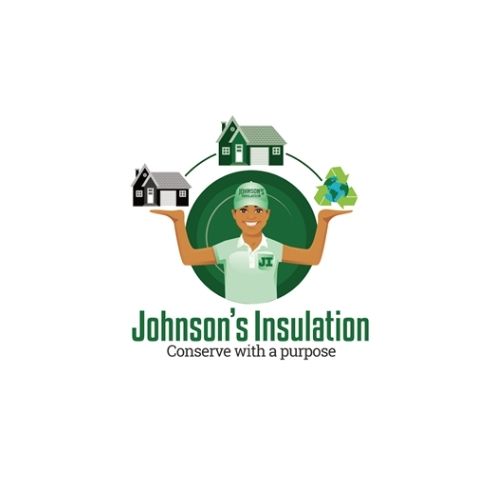
Johnsonsinsulation
Uploaded on Feb 25, 2025
Category
Business
Picking the right attic insulation can make a big difference in energy savings and home comfort. Fiberglass insulation is affordable and widely used, spray foam insulation seals air leaks effectively, and cellulose insulation is an eco-friendly choice with great thermal performance. Each type has its advantages, so choosing the best fit depends on your home’s needs. Upgrading your attic insulation services ensures better temperature control and reduced heating and cooling costs. For further details, visit https://johnsonsinsulation.green/attic-insulation/
Category
Business
Fluffy, Foamy, or Fiberglass? Picking the Right Attic Insulation
Attic insulation is a crucial factor in maintaining a comfortable indoor
temperature while keeping energy costs in check. Without proper insulation,
heat escapes in the winter and seeps in during the summer, making your
HVAC system work harder than necessary. Many homeowners struggle with
choosing the right type of insulation, as each option has its own set of
advantages and drawbacks. Fiberglass, spray foam, and blown-in insulation
are among the most popular choices, each serving different needs depending
on the home’s structure, climate, and budget.
Fiberglass Insulation | The Classic Choice
Fiberglass insulation has been a go-to option for decades. Made from fine
glass fibers woven into batts or rolls, it is known for its affordability and ease
of installation. Many homeowners opt for fiberglass because it provides a
decent level of insulation at a relatively low cost. However, over time,
fiberglass can settle and lose some of its effectiveness. It also doesn’t provide
a strong air seal, meaning air leaks can still occur if not properly installed.
Despite its limitations, fiberglass remains a solid choice for homeowners
looking for a budget-friendly insulation solution with straightforward
installation.
Spray Foam Insulation | The High-Tech Solution
Spray foam insulation is the premium option for those looking for superior
energy efficiency and air sealing. When applied, the liquid foam expands to fill
gaps and cracks, creating a tight seal that prevents air leakage. This makes it
highly effective in extreme weather conditions, as it prevents drafts and
maintains stable indoor temperatures. However, spray foam is one of the
more expensive insulation options, and it requires professional installation.
Some homeowners also have concerns about the chemicals involved in the
process, as off-gassing can occur during installation. Despite the higher
upfront cost, spray foam insulation offers long-term energy savings by
significantly reducing heating and cooling expenses.
Blown-In (Fluffy) Insulation | The Flexible Option
Blown-in insulation, also known as loose-fill insulation, consists of small
particles of either cellulose or fiberglass that are blown into attic spaces. It is
particularly useful for filling irregularly shaped or hard-to-reach areas, making
it an excellent option for older homes with unconventional attic layouts.
Cellulose, which is made from recycled paper, is an eco-friendly alternative
that provides good thermal resistance. However, blown-in insulation can settle
over time, which reduces its overall effectiveness. To maintain proper
insulation levels, homeowners may need to add more material periodically.
While it may not have the air-sealing properties of spray foam, it remains a
great choice for those looking for a flexible and environmentally conscious
solution.
How to Choose the Right One for Your Home
The best insulation for your attic depends on multiple factors, including
climate, home structure, and budget. Homes in colder climates benefit from
insulation with higher R-values, while homes in warmer regions need
insulation that resists heat transfer effectively. The budget also plays a major
role—fiberglass is the most affordable, blown-in insulation is moderately
priced, and spray foam is the most expensive but offers the highest energy
savings in the long run. Homeowners should also consider whether they want
to install the insulation themselves or hire professionals. Fiberglass and
blown-in insulation can often be installed as DIY projects, while spray foam
requires professional expertise.
Final Thoughts
Choosing the right attic insulation is an investment that pays off through
improved comfort and lower energy bills. No matter which option you choose,
proper installation is key to maximizing insulation performance. Some
homeowners even combine different types of insulation to get the best of both
worlds—such as using fiberglass batts with a spray foam air-sealing layer.
Before making a final decision, it’s beneficial to get an energy audit to
determine the best insulation strategy for your home. With the right insulation,
you can enjoy a more comfortable living space and significant energy savings
year-round.
Johnson's Insulation
(510) 660-0455 [email protected] johnsonsinsulation.green 1721 Broadway, Ste. 201,
Oakland, CA 94612

Comments